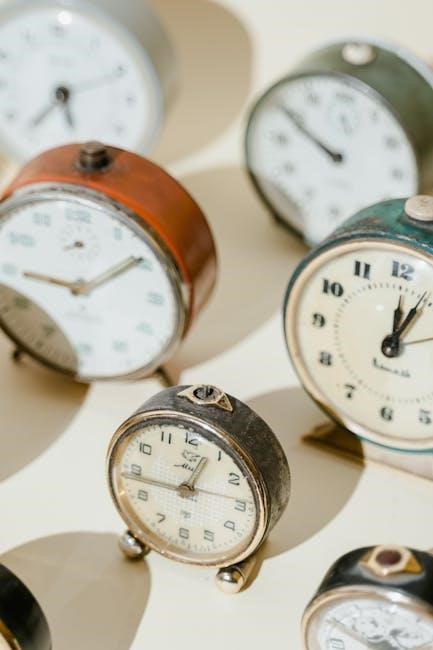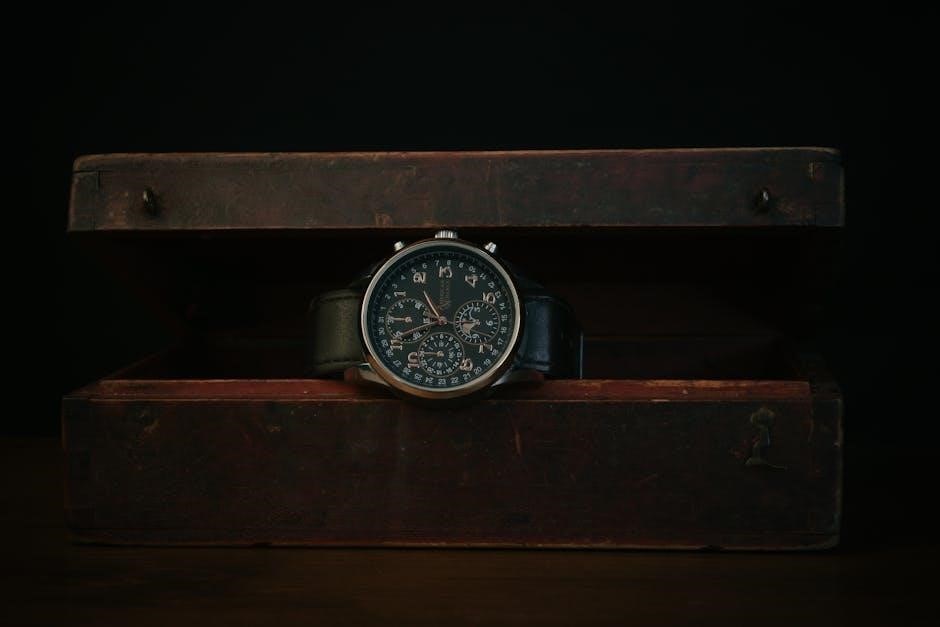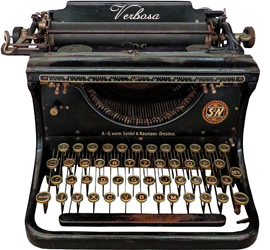The 24 hour urine collection process involves collecting urine over a 24 hour period, typically for medical testing purposes, using a specialized container and following detailed instructions carefully always.
Purpose of the Collection
The purpose of the 24 hour urine collection is to measure the amount of certain substances in the urine over a 24 hour period. This test is used to diagnose and monitor various medical conditions, such as kidney disease, hormone imbalances, and other disorders. The collection process involves gathering all urine produced by the body over a 24 hour period, which provides a comprehensive picture of the body’s metabolic functions. The test results can help healthcare providers assess the body’s ability to filter waste and excess fluids, as well as monitor the levels of certain hormones and other substances. By analyzing the urine sample, healthcare providers can gain valuable insights into the body’s physiological processes and make informed decisions about diagnosis, treatment, and management of various health conditions. The 24 hour urine collection is a valuable diagnostic tool that helps healthcare providers understand the complexities of the human body and develop effective treatment plans.
Importance of Accurate Collection
The importance of accurate collection cannot be overstated, as it directly affects the reliability and validity of the test results. If the collection is not done correctly, it can lead to inaccurate or misleading results, which can have serious consequences for diagnosis and treatment. Healthcare providers rely on accurate test results to make informed decisions about patient care, and inaccurate results can lead to misdiagnosis or delayed diagnosis. Furthermore, accurate collection is crucial for ensuring patient safety and preventing potential harm. The 24 hour urine collection instructions must be followed carefully to ensure that all urine is collected and stored properly, and that the sample is handled and transported correctly. By following the instructions carefully, patients can help ensure that their test results are accurate and reliable, which is essential for receiving proper medical care and treatment. Accurate collection is a critical component of the testing process, and it requires attention to detail and careful adherence to the instructions provided.

Preparing for the Collection

Patients should prepare by reading instructions and gathering materials, including containers and labels, before starting the collection process carefully always.
Contents of the Kit
The 24 hour urine collection kit typically includes a large orange container, a small green-capped container, and a patient instructions sheet. The large container is used to collect and store the urine samples over the 24 hour period. The small container is used to collect the final urine sample at the end of the 24 hour period. The patient instructions sheet provides detailed instructions on how to collect and store the urine samples, as well as how to label and return the container to the laboratory. The kit may also include other materials, such as labels and a form to record the start and end times of the collection. It is important to carefully review the contents of the kit and the instructions before starting the collection to ensure that everything is included and that the collection is done correctly. The kit is designed to make the collection process as easy and convenient as possible.
Recording Start Time
To ensure accurate test results, it is crucial to! record the start time of the 24 hour urine collection. The start time is the moment when the first urine is voided, and this time should be written down on the container label and the patient instructions sheet. The date and time should be recorded in the spaces provided, usually with the format of month, day, year, and hour, minute. This information is essential to determine the exact 24 hour period for the collection. The start time marks the beginning of the collection period, and all urine voided after this time should be collected and added to the container. It is recommended to use a clock or watch to ensure the accurate recording of the start time. By recording the start time, patients can ensure that their collection is done correctly and that the test results are reliable and accurate, which is vital for medical diagnosis and treatment. The recorded start time will also be used to calculate the end time of the collection.

Collecting Urine Samples
Collecting urine samples involves saving all urine for 24 hours in a large container provided, following specific guidelines carefully always every day.
Collecting All Urine
To collect all urine, it is essential to save every urine sample for 24 hours in the provided container. This includes urine samples collected at home, at work, or during travel. The container should be kept with the individual at all times to ensure that no urine samples are missed. It is also important to note that the collection period begins when the first urine sample is discarded, and the start time is recorded on the container label. For the next 24 hours, all urine samples should be added to the container, without any exceptions. This will help ensure that the test results are accurate and reliable. The individual should also be careful not to spill or lose any urine samples during the collection period. By following these guidelines, individuals can ensure that their 24-hour urine collection is successful and provides accurate test results. This is crucial for medical testing purposes.
Using a Separate Receptacle
When collecting urine samples, it is essential to use a separate receptacle to avoid contaminating the collection container; The individual should urinate into a separate receptacle, such as a toilet or a smaller container, and then pour the urine into the 24-hour collection container. This helps to prevent spills and ensures that the collection container remains clean and free of contamination. The separate receptacle should be clean and sterile to prevent any bacterial growth or contamination. It is also important to note that the individual should not urinate directly into the collection container, as this can cause spills and contamination. By using a separate receptacle, individuals can ensure that their urine samples are collected accurately and safely. This step is crucial in the 24-hour urine collection process, and it helps to ensure that the test results are reliable and accurate. The separate receptacle should be easily accessible and convenient to use;

Completing the Collection
The collection is completed after 24 hours, with the final urine sample added to the container, marking the end of the collection process always carefully.
Final Urine Sample
To complete the 24 hour urine collection, a final urine sample must be collected and added to the container at the end of the 24 hour period.
This sample is crucial as it marks the end of the collection process and ensures that the test results are accurate and reliable.
The final urine sample should be collected in a clean and sterile container, and then poured into the large 24 hour urine container.
It is essential to record the time and date of the final urine sample collection, as this information will be used to verify that the collection was completed within the required 24 hour timeframe.
The container should then be sealed and refrigerated to preserve the samples until they can be delivered to the laboratory for testing.
By following these steps, patients can ensure that their 24 hour urine collection is completed correctly and that accurate test results are obtained.
Refrigeration and Delivery
After completing the 24 hour urine collection, it is essential to refrigerate the container to preserve the samples and prevent bacterial growth.
The container should be kept in the refrigerator at a temperature between 2-8 degrees Celsius.
Once the collection is complete, the container should be delivered to the laboratory as soon as possible, along with any required paperwork.
It is crucial to handle the container carefully to avoid spills or contamination.
The laboratory will then analyze the urine samples and provide the test results to the healthcare provider.
Patients should follow the instructions provided by the laboratory or healthcare provider for delivering the container, including any specific transportation or handling requirements.
By refrigerating and delivering the container promptly, patients can ensure that their 24 hour urine collection is processed accurately and efficiently, providing valuable information for their healthcare provider.
The laboratory will process the samples and provide the results, which will be used to diagnose and treat various medical conditions.

